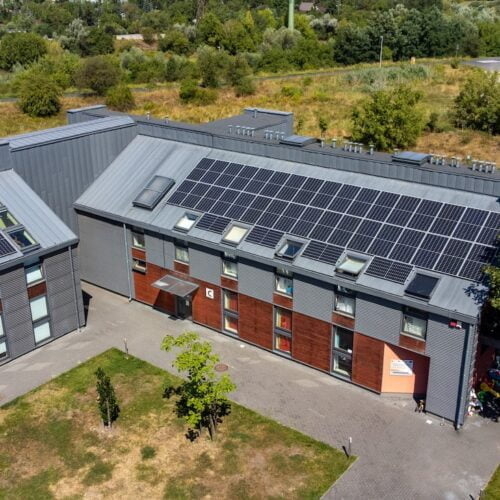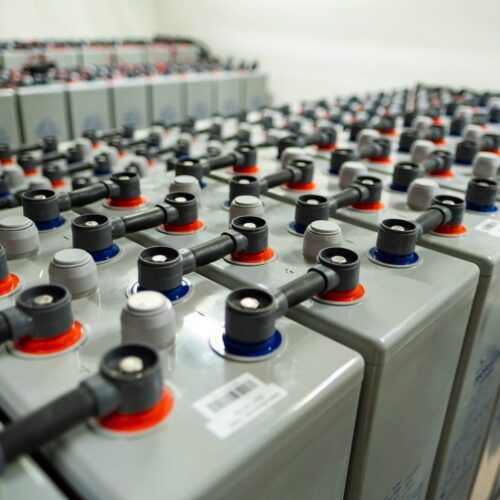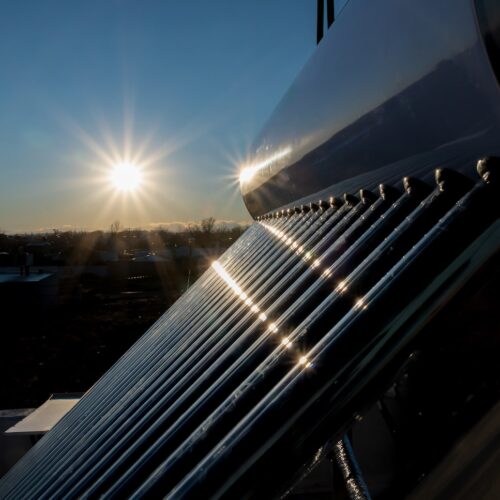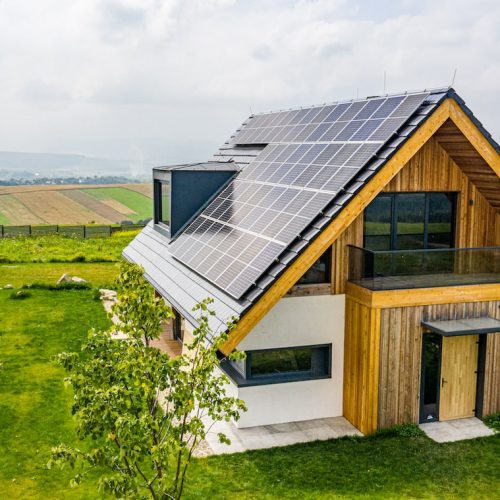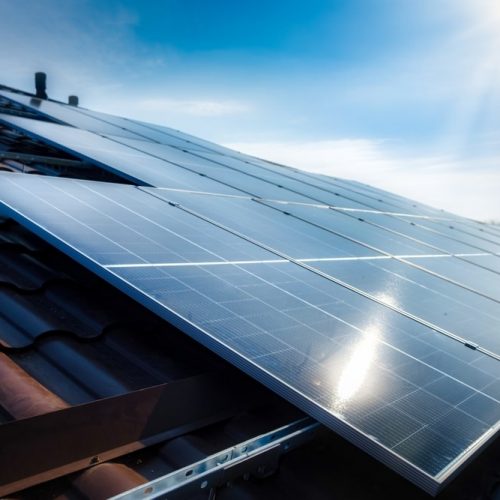Within this article, we answer the most frequently asked questions about investing in a photovoltaic farm.
How much does a photovoltaic farm cost?
The cost of building a photovoltaic farm includes aspects such as the size of the farm, its location, type of photovoltaic panels, mounting systems and installation costs.
Cost of smaller photovoltaic farms can reach tens of thousands of dollars. In contrast, for large photovoltaic farms of several megawatts, costs can run into the tens of millions of dollars.
For example, in the U.S. in 2021, the cost of building photovoltaic farms started at about $1 per watt of installed capacity (known as installation cost), but as the capacity of the installation increases, the cost decreases. In addition, these costs can be reduced through government programs that offer grants, loans and tax credits.
Ultimately, the cost of building a photovoltaic farm depends on a number of factors, and fine-tuning it requires a meticulous analysis of the specific requirements of the project.
How big should the plot area be for the construction of a photovoltaic farm?
The size of the area needed for a photovoltaic farm depends on several factors, such as the design and planned use of the farm, location, type of photovoltaic panels, mounting systems and their configuration.
For larger photovoltaic farms, a larger land area is usually required to accommodate a larger number of panels. According to various sources, 1.5 to 2.5 hectares of land are needed to install 1 MW of photovoltaic panel capacity, depending on the specific technical parameters of the project.
However, it should be noted that the required land area may vary depending on the region, climate and local conditions, such as slope, sun intensity, shading, etc.
If you are planning to build a photovoltaic farm, it is important to consult with professionals who will be able to accurately assess project requirements and local conditions and help you determine the optimal plot area for the farm.
Frequently asked questions
Yes, in most countries a photovoltaic farm must be declared and obtain the appropriate permits before starting operations. In Poland, the construction of a photovoltaic farm requires a building permit and notification of the investment to the provincial building inspector.
Notification of the investment to the local municipal or provincial office – in order to obtain a construction permit and possibly receive financial support.
Notification to the distribution grid operator is necessary to connect the photovoltaic farm to the power grid.
Legal requirements related to photovoltaic farms change at fairly irregular intervals, so always check the current regulations and requirements with the relevant institutions before building and operating a photovoltaic farm.
How long does it take to recoup an investment in a photovoltaic farm?
The payback period of a photovoltaic farm depends on many factors, such as the cost of building the farm, the efficiency of the photovoltaic panels, energy sales rates, operating costs, location and many other factors.
For smaller photovoltaic farms, the payback time can be about 5-10 years, while larger photovoltaic farms can return the investment in 10-15 years or longer.
However, it is worth noting that the returns from a photovoltaic farm depend not only on the payback time of the investment, but also on further financial prospects, such as the total income from the photovoltaic farm, the operating costs incurred, maintenance costs, reduced electricity costs, increased property value and many other factors.
Both the costs and benefits of a photovoltaic farm vary on a case-by-case basis. That’s why it’s important to conduct a detailed business analysis, as well as consult with renewable energy experts to determine the optimal payback time and total profit from a photovoltaic farm.
Ecology has moved to the forefront and is intertwined with almost every technological topic, both among consumers and in the production of goods. The investments promoted are those that lean toward lowering the carbon footprint and optimizing electricity consumption. Authorities have focused their attention on the entire supply chain and entities that are contractors to large corporations. Many well-known brands have decided to circumvent regulations by using subcontractors, and the appointed bodies have had to adapt their regulations to such behavior.







